 Highgate Cemetery
Highgate Cemetery
A jewel in London’s sparkling diadem
Highgate Cemetery is a jewel in London’s sparkling diadem. The value of a jewel can be deemed by the shine that it gives off, and with this in mind it may seem ironic to compare a grave yard with an object that shines brightly. Grave yards are where the dead are buried, and if anything are not complimented on for their light and glimmer. They are stereotypically thought of as gloomy places; Hollywood horror films harness the idea that the dead are evil and graveyards are places where possessed bodies can rise under flashes of lightening bolts. More sombrely, cemeteries are scenes of mourning and sadness, and perhaps don’t immediately present themselves as a place described as ‘well worth a visit’.
But with all this in mind, Highgate has earned itself this rich tagline and as such truly is a precious stone in the crown of London. To start with, the cemetery is steeped, (literally as it covers the South-facing hillside site downhill from the top of the hill of Highgate), in a history that is the true foundation of London. On stepping through the cemetery gates, it’s Victorian architecture reminds you of the city’s roots that sleep underneath this modern metropolis: home to any international cuisine you could want for from Argentinian steak to Bubble tea, Cyber Dog, Aerial yoga and the constant echo of ‘well no one can actually afford to buy in London’. It is one of the Magnificent Seven, the series of grave-yards that were constructed in the 19th Century, outside of London’s city centre to cope with the over crowding that the inner city cemeteries were suffering from.
It’s not just from the visitors’ leaflet that you know that this place is a relic from another age. Highgate is a rambling mass of wildflowers, mausoleums and serpentine paths that lead visitors haphazardly through the effervescent greenery. Its beauty comes not only from this marriage of winding branches and impressive and imposing structures, symbolic of the Victorian’s grand presentation of death, but there is a palpable sanctuary there that Hollywood’s representation of grave yards chooses not to notice. Highgate is home to a number of famous names including writer George Eliot, Karl Marx and more recently George Michael. To be able to recognise the names of the graves that you walk by and to know more of their life that their time spent on the public stage allowed, reminds you that however well known your story is - ultimately we are all the same beings. We are all limited by our mortal structures, and defined by our pursuits or happiness, and in a way this gentle reminder of our union to one another-despite supposed differences-heightens the sense of peace in this sprawling garden.
Highgate Cemetery is beguiling. It’s sloping and uneven, and has gracefulness can be found in every part of it-perhaps not too dissimilar to life itself. Its status of fame is well earned. In a twist of irony it is somewhere that offers shelter from the tiring bustle of the rest of London’s life, and it is in true contrast to the eerie and frightening connotations that normally haunt graveyards.
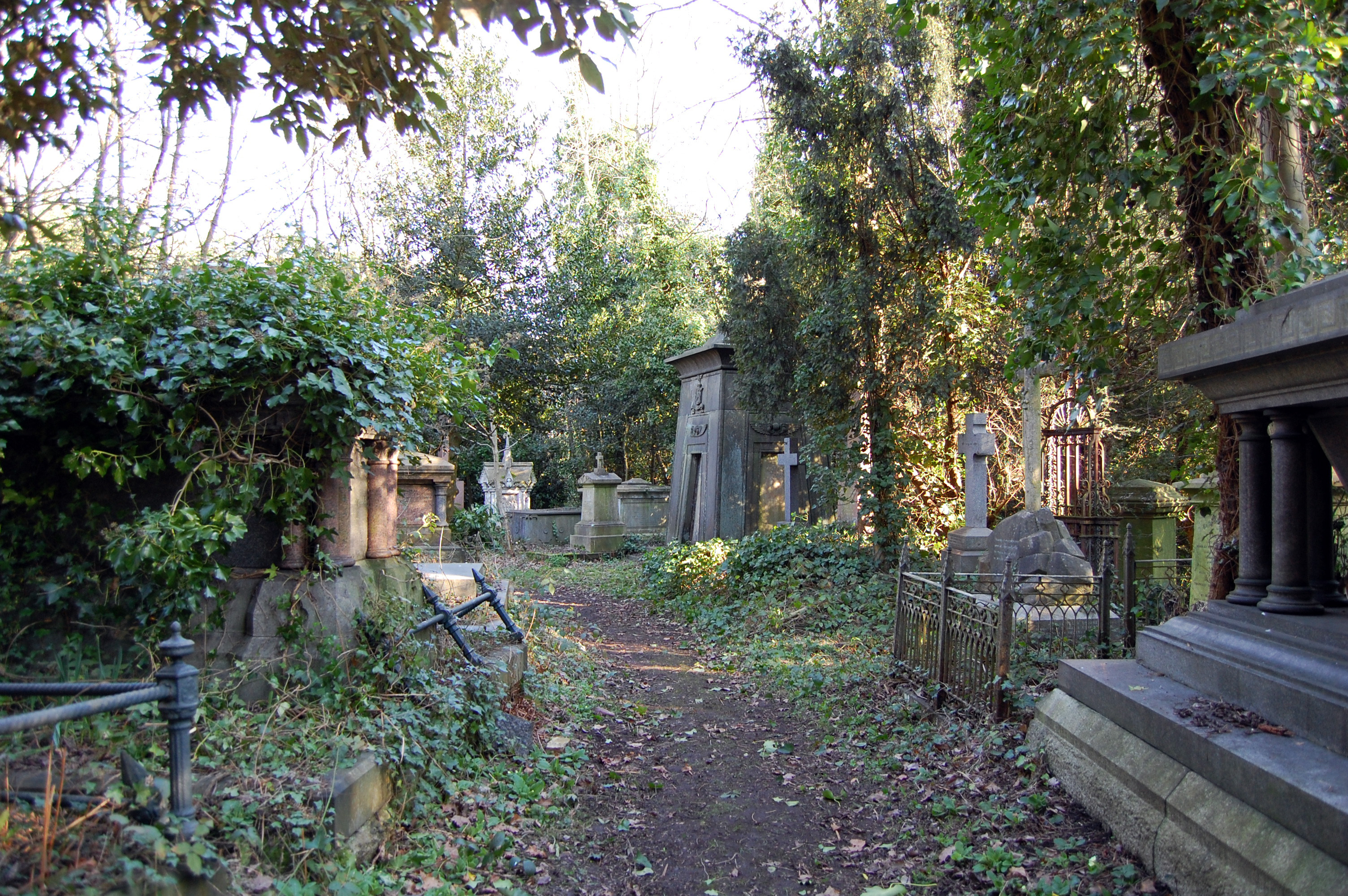
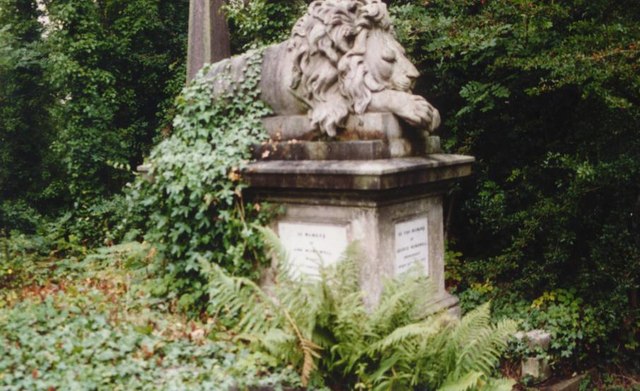
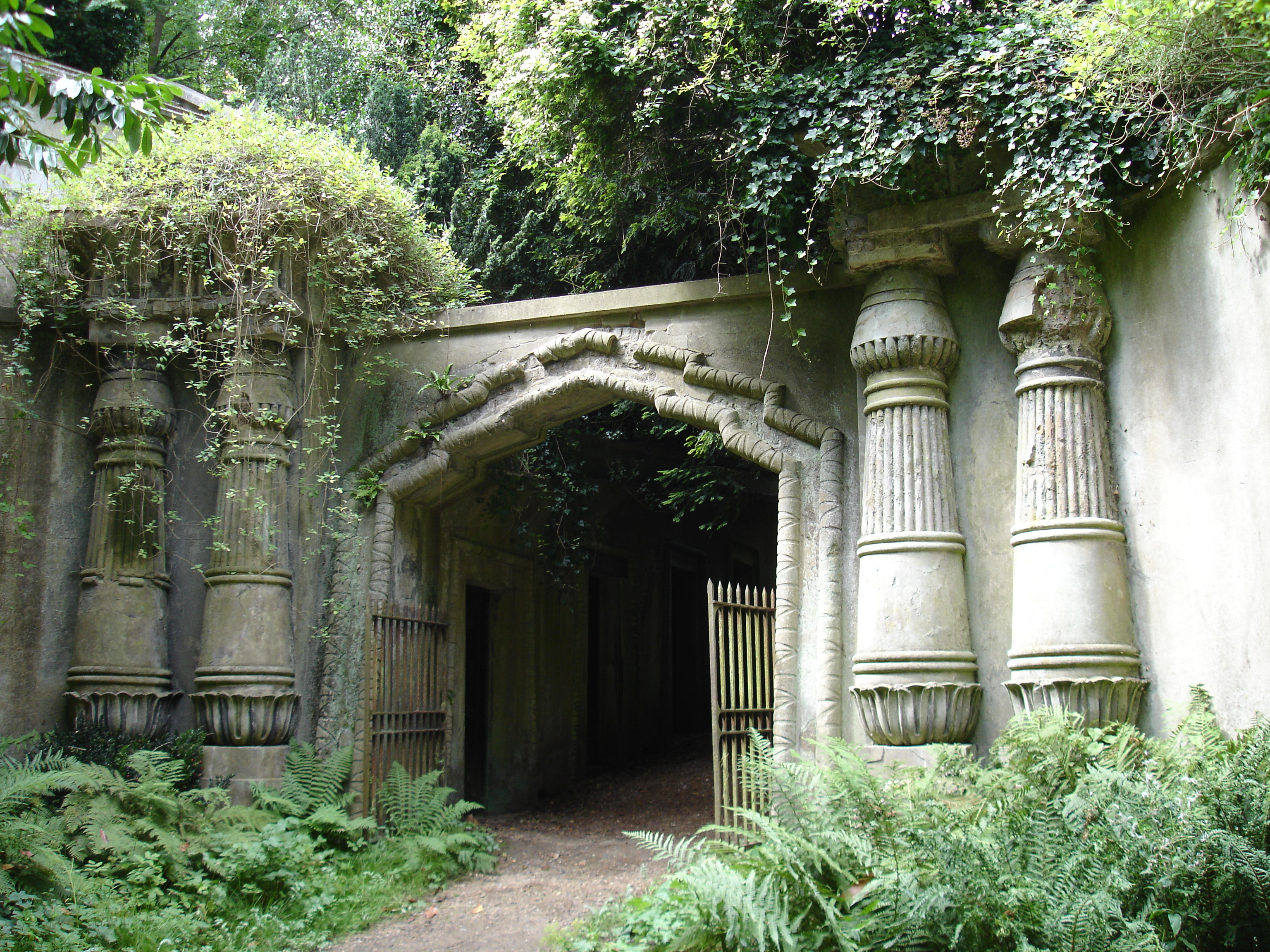
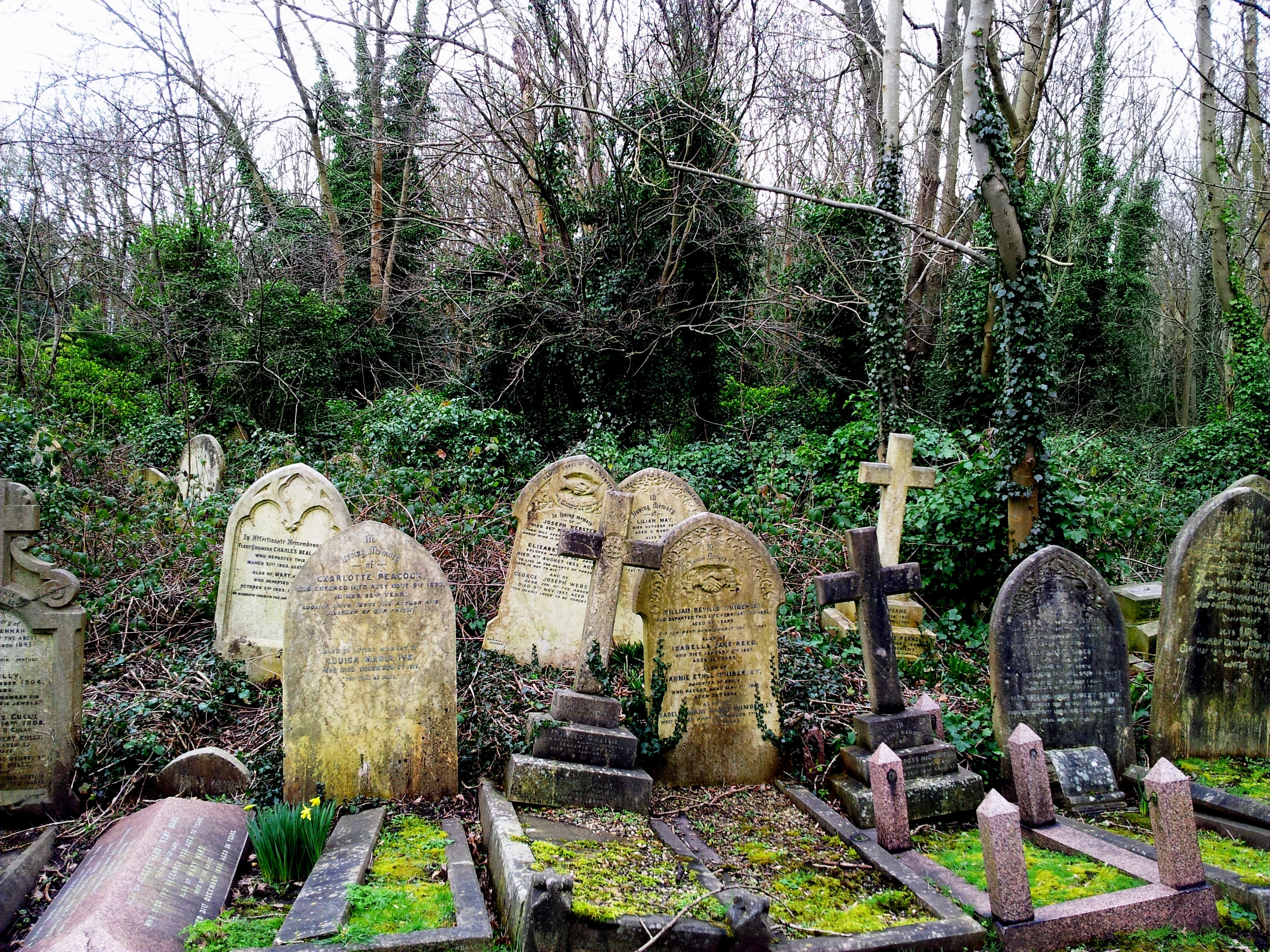

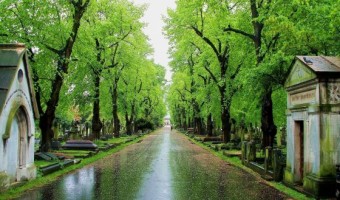
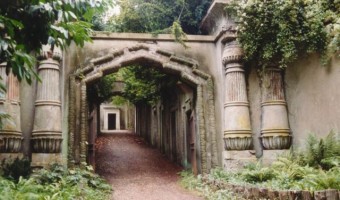
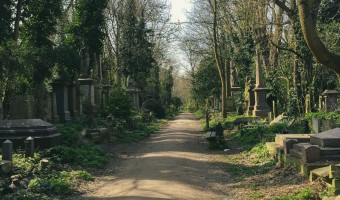
 Load more triptoids
Load more triptoids